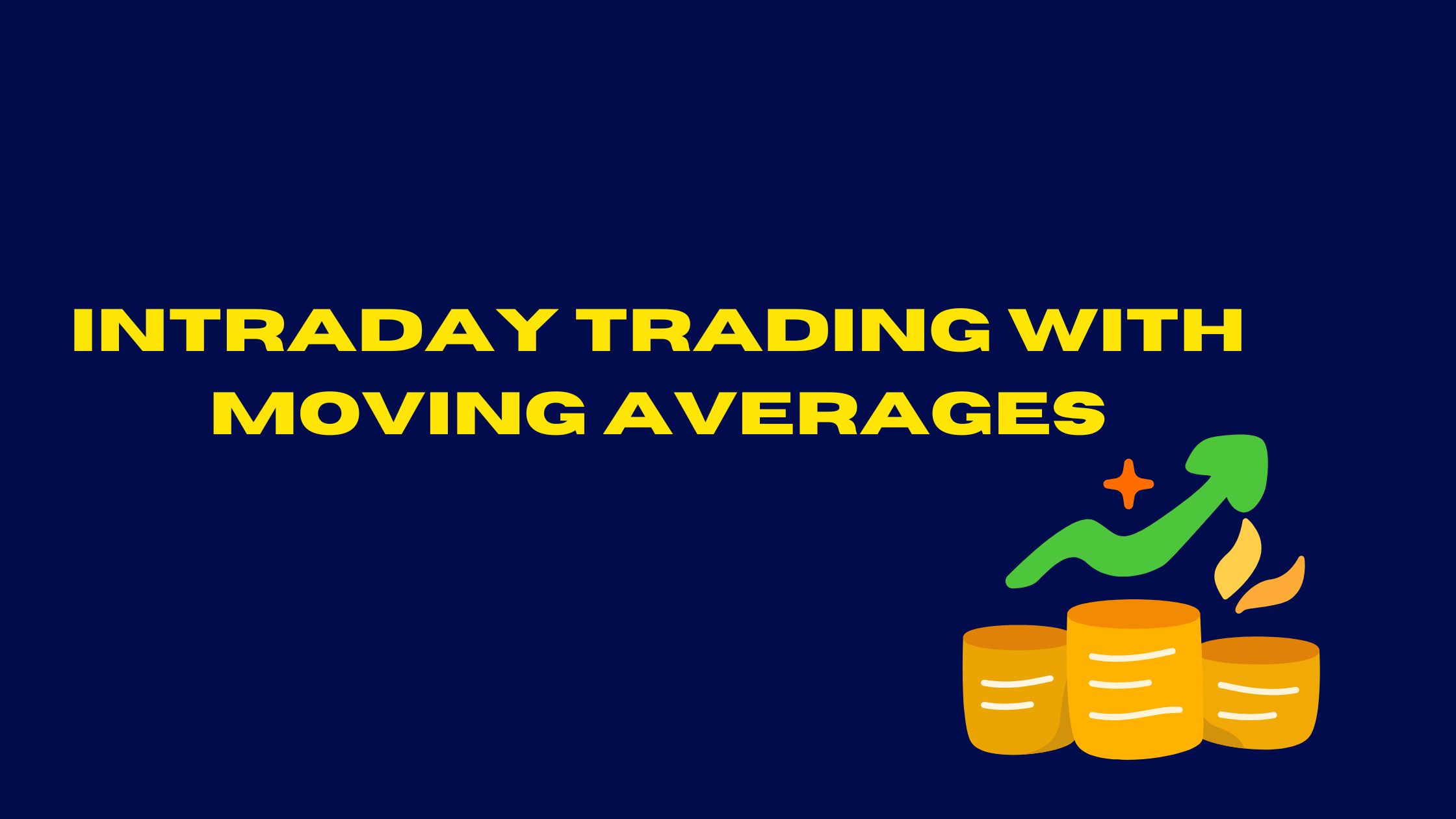
Intraday trading, also known as day trading, involves buying and selling financial instruments within the same trading day. It requires quick decision-making and the ability to capitalize on short-term price movements. One effective tool that traders often utilize to enhance their intraday trading strategies is moving averages. In this article, we will explore how moving averages can be used to improve intraday trading outcomes.
Understanding Moving Averages
Moving averages are widely used technical indicators that help traders identify trends and potential entry or exit points. A moving average calculates the average price of an asset over a specified period, smoothing out short-term fluctuations and providing a clearer picture of the overall trend. There are different types of moving averages, including simple moving averages (SMA), exponential moving averages (EMA), and weighted moving averages (WMA). Each type has its own characteristics, but they all serve the same purpose of revealing trend direction.
Using Moving Averages in Intraday Trading
When employing moving averages in intraday trading, they can assist in determining the prevailing trend, identifying support and resistance levels, and establishing entry and exit points. By plotting moving averages on price charts, traders can visualize the trend’s direction and potential areas of buying or selling interest. For example, if the price is consistently above a rising moving average, it indicates an uptrend, suggesting a bullish bias. Conversely, if the price consistently falls below a declining moving average, it signifies a downtrend, indicating a bearish bias.
Support and resistance levels can also be identified. When the price approaches a moving average, it often acts as a support or resistance level, influencing traders’ decisions. If the price bounces off a moving average, it can provide an opportunity to enter or exit a trade.
To set entry and exit points, traders can use moving average crossovers or observe price reactions near moving averages. A moving average crossover occurs when a shorter-term moving average (e.g., 50-period SMA) crosses above or below a longer-term moving average (e.g., 200-period SMA). This crossover can signal a change in the prevailing trend and potential trading opportunities. Additionally, when the price approaches a moving average and shows signs of support or resistance, traders can consider entering or exiting a trade accordingly.
Strategies
Several strategies can be employed. One popular strategy is the moving average crossover. It involves using two moving averages, typically a shorter-term and a longer-term one, and generating trading signals based on their crossovers. For example, when the shorter-term moving average crosses above the longer-term moving average, it may indicate a buy signal. Conversely, when the shorter-term moving average crosses below the longer-term moving average, it may suggest a sell signal.
Another strategy , which involves observing price reactions when the price touches or comes close to a moving average. If the price bounces off the moving average and continues in the direction of the prevailing trend, it can be seen as a confirmation signal. Traders can enter a trade with the expectation that the price will continue moving in the same direction.
The moving average convergence divergence (MACD) indicator is also commonly used in intraday trading. It incorporates moving averages to generate trading signals based on the convergence or divergence of two moving averages. The MACD can help identify potential trend reversals or confirm existing trends.
Fine-tuning Strategies
To optimize moving average strategies, it is crucial to consider certain factors. Firstly, choosing the right time frame for the moving averages is essential. Intraday traders typically use shorter time frames, such as 5-minute or 15-minute charts, as they focus on short-term price movements. However, the choice depends on the trader’s preference and the market being traded.
Secondly, selecting appropriate periods for the moving averages is crucial. Shorter-term it provide faster signals but may also produce more false signals. Longer-term it offer more reliable signals but may lag behind the current price action. Traders need to strike a balance and experiment to find the optimal combination for their trading style and the market conditions.
Lastly, combining moving averages with other indicators can enhance the effectiveness of intraday trading strategies. Oscillators like the Relative Strength Index (RSI) or the Stochastic Oscillator can complement moving averages by confirming overbought or oversold conditions, adding further confirmation to potential trade setups.
Risk Management in Intraday Trading
As with any trading strategy, risk management is crucial in intraday trading with moving averages. Traders should set stop-loss orders to limit potential losses and take-profit levels to secure profits. These levels can be determined based on support and resistance levels identified.
Managing position sizes is another important aspect of risk management. Traders should calculate the appropriate position size based on their risk tolerance and the distance between the entry point and the stop-loss level. This ensures that no single trade can significantly impact their overall trading capital.
Advantages and Limitations
They provide a visual representation of the prevailing trend, helping traders align their trades with the overall market direction. It can also act as dynamic support and resistance levels, aiding in trade decision-making. Moreover, it can be easy to calculate and widely available in most trading platforms.
However, it is essential to acknowledge the limitations and challenges associated. It tend to lag behind the current price action, meaning they may not provide timely signals in rapidly changing market conditions. Additionally, it can generate false signals during periods of low volatility or in sideways markets. Traders should be aware of these limitations and consider them in conjunction with other technical indicators and market factors.
Tips
To improve the chances of success,consider the following tips:
- Regularly monitor and adjust moving averages to adapt to changing market conditions.
- Practice disciplined trading and emotional control, as impulsive decisions can lead to poor outcomes.
- Continuously educate yourself about market trends and stay updated with news and events that may impact your trades.
- Combine moving averages with other indicators or technical analysis tools to strengthen your trading strategy.
- Maintain a trading journal to track your trades, analyze your performance, and identify areas for improvement.
Conclusion
It can provide traders with valuable insights into market trends, support and resistance levels, and potential entry and exit points. By understanding the different types of moving averages and implementing various strategies, traders can enhance their intraday trading outcomes. However, it is important to consider risk management while using them in trading decisions.






